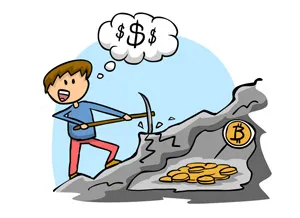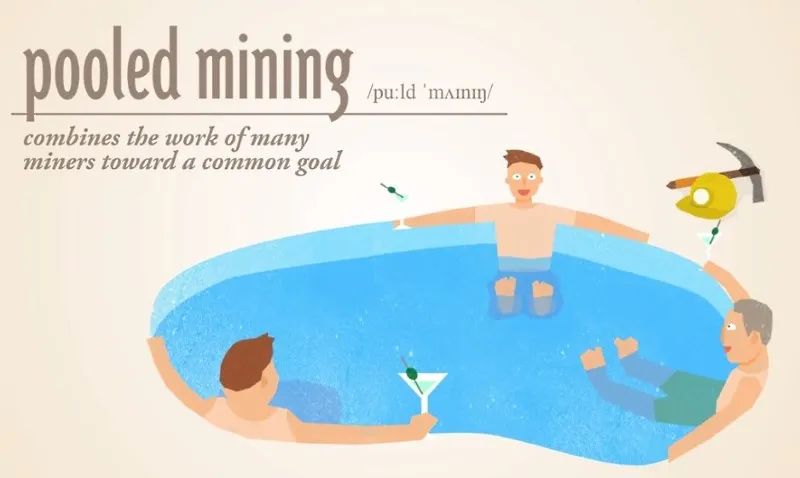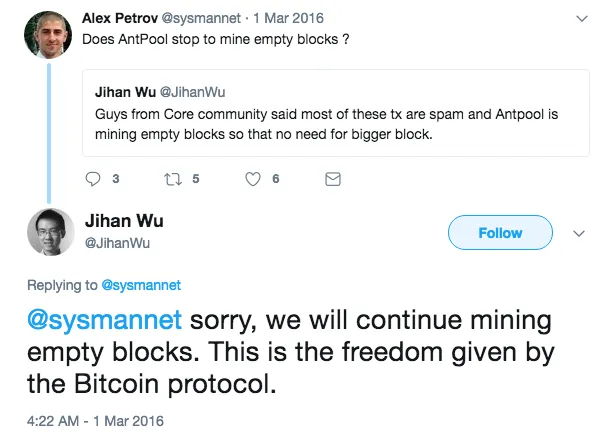What are empty blocks in the first place?

When bitcoin is mined, miners find blocks at approximately 1 block per 10 minutes. Every block that is mined can be filled with transactions up to the limit when the block size is 1 MB in size (this number may change after hard fork). Every transaction most of the time carries a tip for the miners, so the more transactions in a block the more money miner makes. For mining one block, miners are rewarded with all the transaction tips and a 12.5 bitcoin reward.
Image credits
This reward amount decreases every 4 years by 50%.
Empty blocks are the ones that do not contain any transactions in them. The whole point of bitcoin are the transactions that can be send all around the world without bias based and instantaneously.
What interested me the most lately, is the fact that mining pools mine empty blocks very often.
Why would anyone mine empty blocks? Lets dig deeper and find out

When a miner receives a new block before starting to mine the next one he needs to download the previous block, validate the transactions, see which transactions out of the mem pool have been put inside the block, choose the transactions which will be in their block.
This is actually a very short period of time, however sometimes it happens that with insane amount of hashing power you have a chance to find a new block in this period of time. And the reward is so big that it is more economically reasonable to get an empty block reward of 12.5 (now $33,750) then miss this opportunity. This is called opportunity cost.
So some mining pools just put in one transaction in the next block and start mining, the one transaction that goes in every block, coinbase transaction (the one with 12.5 bitcoin reward to the miner).
It happens very rarely but miners do that as not to waste hashing power while they wait. When mining for at least a year this short periods of time become a very big advantage for the ones who use this opportunity.
How many empty blocks are there?
From January 2009 to June 2015 there have been 360,189 of which 85,295 were empty, that is a 23.68%. According to the cart provided by Bitfury pool from April 2015 till September 16 the biggest mining pool Antpool has been a leader in mining empty blocks. The chart also shows that Bitfury has never mined an empty block.

Nevertheless, the number of empty blocks has decreased gradually from April 2016 and is constantly decreasing (you can see this on the chart below). With every new Bitcoin Core upgrade the chances of mining empty blocks decrease. Core Development team are striving to make the process of preparing for the next block as fast as possible.

What is the problem? What are the ways to solve it?
According to Matt Corallo, Bitcoin Core contributor there are three main issues that have lead to empty blocks:
- The time it took for the mining pool to let others know that they have found a block. Especially if it was from China, through Great Firewall and to the other part of the World.
- Downloading the last block from the node that found the previous block
- Time for the miner to figure out which transaction were put in the block, deleting them from memory pool and choosing the ones to put in the next one.
Corallo states that these issues were fixed with Bitcoin Core 0.13, 0.14 updates and implementation of FIBRE. FIBRE is a protocol used to distribute blocks around the bitcoin network with almost no delay. That is why the number of empty blocks is constantly decreasing.
“We're making massive strides in relay in Bitcoin Core in 0.13 [and] 0.14, and were miners to upgrade to some of the last-minute improvements going into 0.14 and use FIBRE, we'd see [empty blocks] once a month purely because the time between when one pool finds a block and when the rest have validated it is so short,” said Corallo.
Conclusion
I consider empty blocks real bad for the Bitcoin economy and if everyone would strive to mine empty blocks in the first place than all of us would be far worse of than if no one did. Bitcoin is all about transaction and the more there are the bigger the price of bitcoin will be. Frankly speaking all crypto depends on bitcoins future. When bitcoin is down all the crypto market is down.
There are some mining pools such as Bitfury, which I started to admire more and more as I was doing research for this article. They are trying to do their best to keep Bitcoin in best possible shape. Bitfury is the only pool I know of which has never mined an empty block. There are others such as Antpool who just don't care even thought they are getting paid in Bitcoin. It is like biting the hand that is feeding you.
I have even found a post on twitter where co-founder stated that they will not stop mining empty blocks:

And Corallo stated that:
“I'm working on decreasing that 500 milliseconds for everyone so even those who do mine empty blocks only do them for shorter periods of time.”
Thank you for reading! Follow if you like and don't forget to Steem ON!



